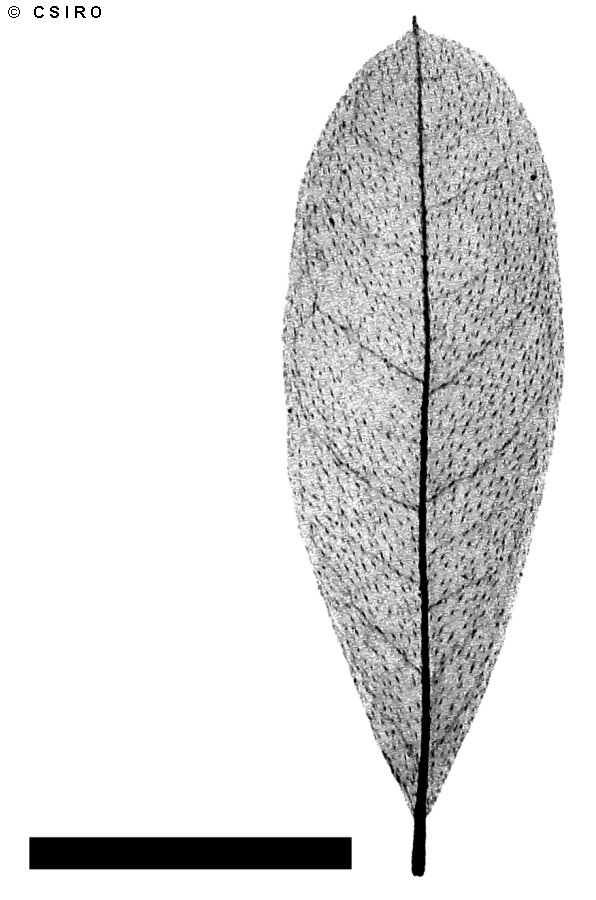Australian Tropical Rainforest Plants - Online edition
Indigofera suffruticosa Mill.




Miller, P. (1768) The Gardeners Dictionary : . Type: Sloan. Cat. Jam. 142.
Anil Indigo; Indigo, Anil
Flowers and fruits as a shrub about 1-2 m tall.
Stipules filiform, about 2-4 mm long. Stipels present on the upper surface of the compound leaf rhachis at the base of the leaflet stalks. Leaflet blades about 3-3.5 x 1-1.5 cm. About 13 leaflets per compound leaf. Underside of the leaflet blades clothed in prostrate white hairs. Lateral veins very difficult to distinguish on either the upper or lower surfaces. 'Pulvinus' present on the terminal leaflet. Compound leaf petiole swollen just prior to its junction with the twig.
Inflorescence about 2-11 cm long. Each flower subtended by a deciduous, about 1.5-2 mm long, bract. Calyx about 1.5-2 mm long, densely hairy on the outer surface, lobes about as long as the tube. Petals: standard about 3 mm wide, green at the base, margin pink; wing about 5 mm long; keel pale green, about 5-6 mm long. Stamens 10, the filaments of nine stamens fused to form a tube open on one side, one stamen free. Stamens alternately long and short. Anthers apiculate at the apex. Ovary green, clothed in prostrate white hairs. About 6 ovules in each ovary.
Pod about 10-20 mm long. Seeds rhomboidal (?) 6-sided, about 1-1.5 mm long, very hard to cut with a knife. Endosperm meagre. Hypocotyl +/- at right angles to the axis of the cotyledons and lying next to the margin of the cotyledons. Cotyledons much wider than the radicle.
Cotyledons oblong, about 5-9 x 3-4 mm, petiole short, about 1 mm long. First pair of leaves simple (or unifoliolate) and opposite. At the tenth leaf stage: leaflet blades obovate, apex mucronate, base cuneate. Stipules linear, about 3-4 mm long. Stem, bud, petiole and leaflets clothed in short, pale prostrate medifixed hairs. Seed germination time 12 to 18 days.
An introduced species originally from tropical America but now pantropic, naturalised in NEQ, CEQ and southwards as far as south-eastern Queensland. Altitudinal range in NEQ from near sea level to 800 m. Usually grows as a weed on agricultural land or in open forest but also found along roads in rain forest.
This species may have medicinal properties.
May become an aggressive weed in pastures. Some, but not all, accessions depress rat growth in laboratory experiments but the species is not noted as being toxic to farm stock. Hacker (1990).





